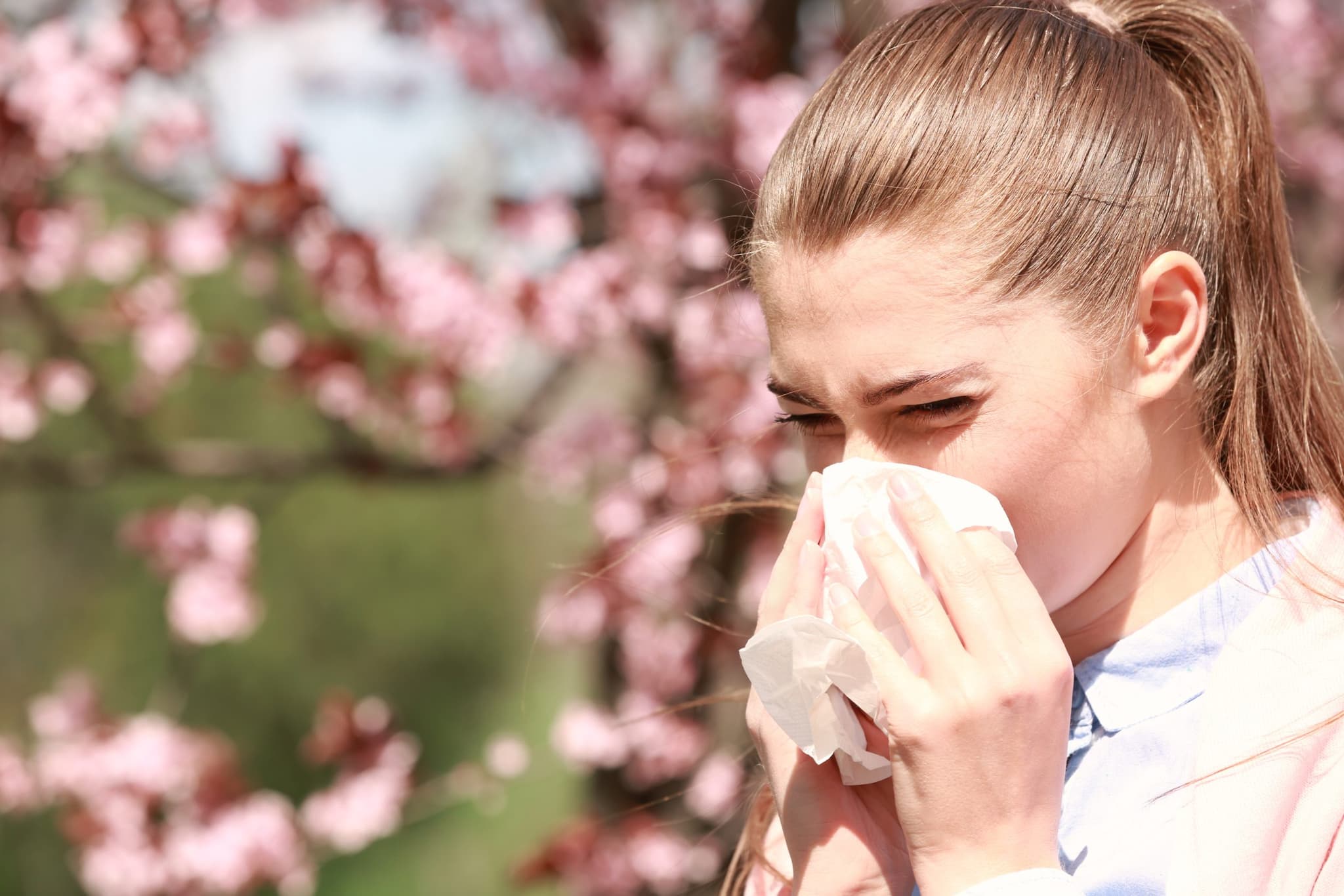
2023-05-19T11:00:36
Environmental allergy testing: What to expect and how to prepare
- Allergy and Immunology
July 26, 2017 | Allergy and Immunology
Specialties:Allergy, Asthma and Immunology

Allergic reactions can range from mild to extremely serious and even life-threatening, and on the severe end of this spectrum is a reaction called anaphylaxis. Anaphylaxis can occur soon after exposure to an allergen—peanuts and bee stings are common triggers for anaphylaxis.
Anaphylaxis requires immediate medical treatment and can be fatal otherwise. Here are the signs and symptoms of anaphylaxis, how to respond if you see it happening and how treatment can help.
Anaphylaxis usually occurs within minutes of exposure to an allergen, though it may take half an hour or longer to develop in some cases. Signs and symptoms of anaphylaxis include:
If you, your child or someone else you’re with has a severe reaction that might be anaphylaxis, don’t wait—seek immediate medical attention. Look to see if the person having the attack carries an EpiPen (epinephrine autoinjector), which should be administered immediately. Even if the EpiPen appears to help, the person undergoing the reaction still needs to visit the emergency room. Anaphylactic reactions may be life-threatening, as they can stop breathing or heartbeat.
Anaphylactic reactions are a response to severe allergies, and they’re caused by a variety of triggers. The most common triggers of anaphylaxis in children are food allergies, including peanuts, tree nuts, fish, shellfish and milk. Among adults, triggers include these same food allergies along with certain medications (antibiotics, aspirin and other OTC pain relievers), insect stings or contact with latex.
Some people can develop anaphylaxis from aerobic exercise, or even just from walking. Eating certain foods or exercising in certain weather conditions may also trigger it for some. If you don’t know your triggers, there are certain tests that may help identify them.
There aren’t many known risk factors for anaphylaxis, but some that might increase risk include:
To confirm a diagnosis of anaphylaxis, your doctor will ask you about any previous reactions to foods, medications, latex or insect stings. They may give a skin or blood test as well. The purpose of this is to rule out other conditions with symptoms similar to anaphylaxis.
Treatment methods for anaphylaxis may include:
Act quickly and decisively if you see someone having a severe allergic reaction. Call 911 right away, and use an EpiPen if one is available. Make sure the person is lying down, and elevate their legs. If necessary, perform CPR or other first-aid.
For long-term care and prevention of anaphylaxis, there are a few tactics you can try:
If you or your child shows even moderate symptoms of anaphylaxis, seek immediate medical attention. Your doctor can recommend any future treatment methods.
“Anaphylaxis.” The Mayo Clinic. http://www.mayoclinic.org/diseases-conditions/anaphylaxis/home/ovc-20307210
“Anaphylaxis.” American Academy of Allergy, Asthma & Immunology. http://www.aaaai.org/conditions-and-treatments/allergies/anaphylaxis

WRITTEN BY:
The Live Better Team

2023-05-19T11:00:36

2018-06-13T12:00:19

2018-05-09T12:00:57

2018-04-11T11:00:42
This information is not intended to replace the advice of a medical professional. You should always consult your doctor before making decisions about your health.